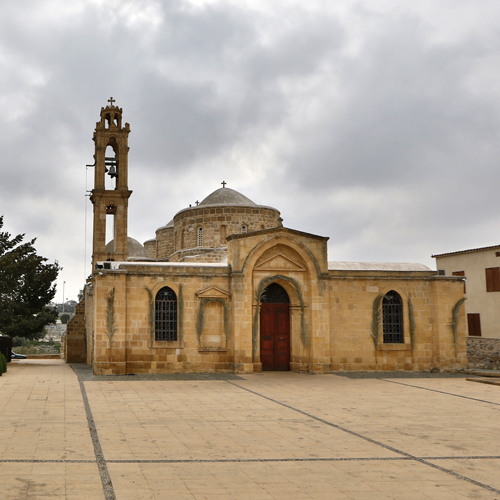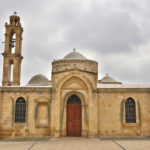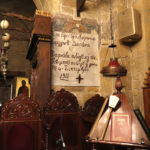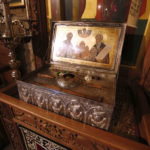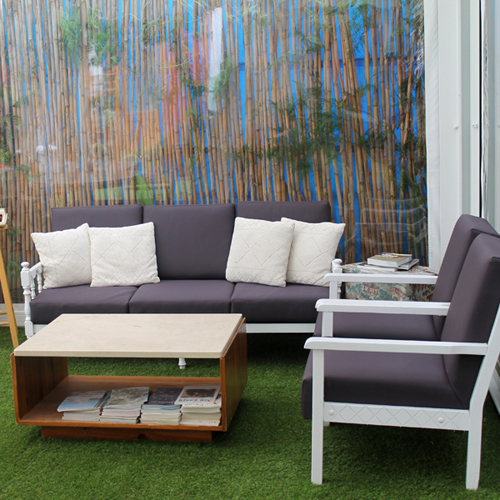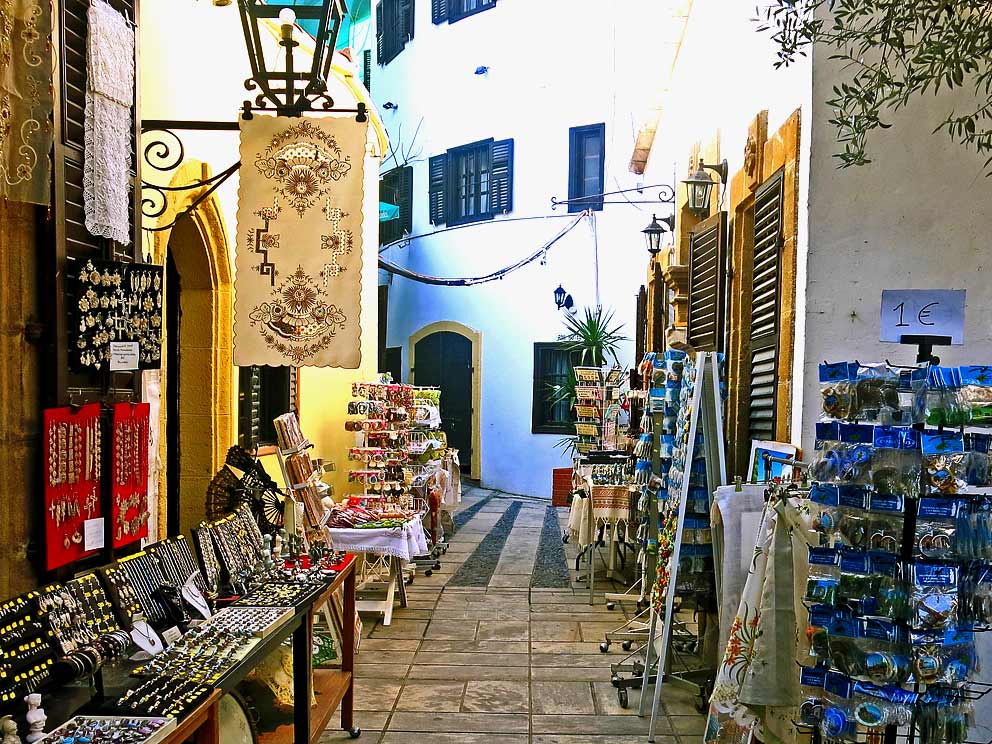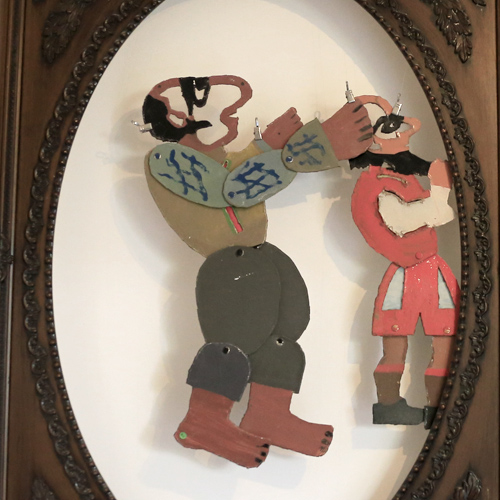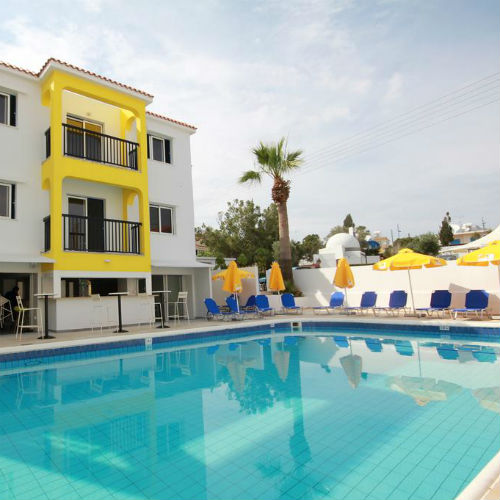Overview
The village of Peristerona in the Nicosia district has historically always been a mixed village and was home to almost an equal amount of Turkish and Greeks Cypriots up until the 1974 war. After the war, Peristerona was used to resettle Greek Cypriot refugees, mainly from Morphou and its surroundings.
This lends a hand to understanding the existence of the prominent church of Saint Barnavas and Hilarion as well as the Peristerona Mosque, found side by side in the centre of the village.
An outstanding example of Cypriot-Byzantine architecture, the church is a five-domed structure. A part of the original church’s north wall still survives and has been incorporated in the western part of the existing church. The oldest wall paintings are from the fifteenth and sixteenth centuries.
Next to the church stands the Turkish mosque of Peristerona. The image of the two religious buildings side-by-side has appeared on past currency and stamps as a symbol of peaceful coexistence between Greek and Turkish Cypriots prior to the 1974 Turkish invasion.
Of note is that there are two further villages with the same name in Cyprus one in the district of Paphos and one in Famagusta.
Peristona inhabitants predominantly live off their plantations and cultivate in the rich red soils of the Mesaoria and Morphou plain.

